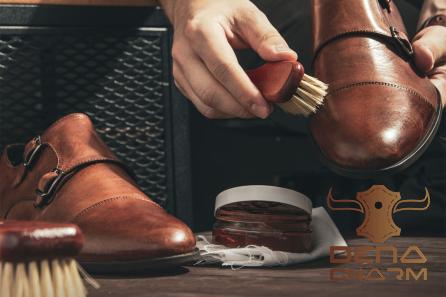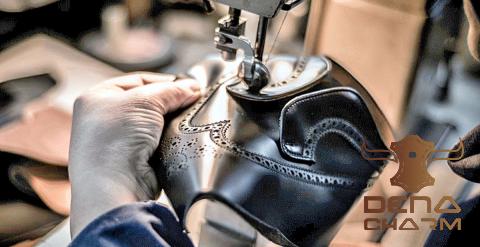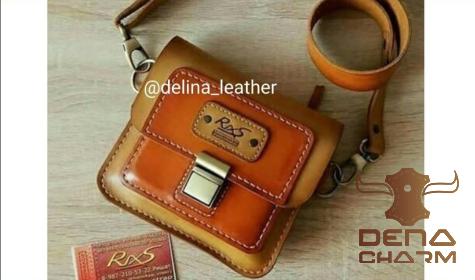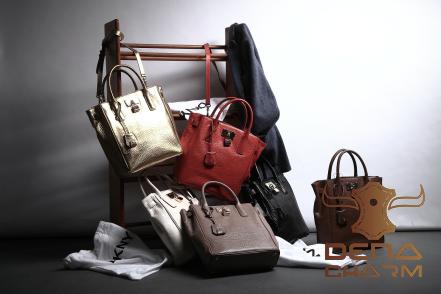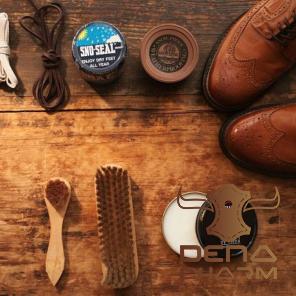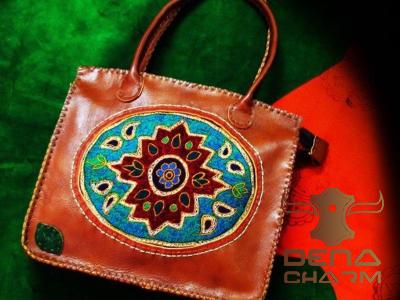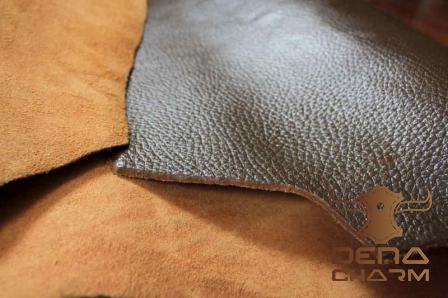Understanding the Differences Introduction: When it comes to leather, there are various types available in the market, making it essential to understand the distinctions between them. Top grain leather and genuine leather are two common terms used, but they often cause confusion among consumers. In this article, we will explore the price differences, features, and manufacturing processes of top grain leather and genuine leather, helping you make an informed decision. Price of Top Grain Leather vs Genuine Leather: One of the significant considerations for many buyers is the price. Genuine leather, being more readily available and requiring less processing, tends to be less expensive than top grain leather. Due to its natural qualities, genuine leather is widely used in mass production, reducing its overall cost. On the other hand, top grain leather is a higher-quality option that offers exceptional durability, thus commanding a higher price tag. If you prioritize longevity and visual appeal, investing in top grain leather might be a wise decision. Features of Top Grain Leather vs Genuine Leather: Top Grain Leather: Top grain leather is crafted from the top layer of the hide, which is the most durable and resilient part. It retains the natural grain and has a smooth and luxurious appearance. The process of creating top grain leather involves removing the outer layer, which is then sanded and treated to remove any imperfections. This process enhances the leather’s appearance while maintaining its strength and natural characteristics. One of the distinct features of top grain leather is its “breathability.” This leather type allows air to circulate, preventing it from becoming overly hot or sweaty when in contact with the skin. Additionally, top grain leather develops a unique patina over time, giving it an aged and distinctive look. It is also more resistant to stains and water damage compared to other leather types. Genuine Leather: Genuine leather is made from the lower, less desirable layers of the hide. Although it is considered to be a leather type, it is essentially the bottom-tier of real leather options. While genuine leather is still a natural material and boasts durability, it lacks the superior quality and premium characteristics of top grain leather. Genuine leather undergoes a manufacturing process where the hide is split into multiple layers. The premium top layer is used for higher-quality leather, while the remaining layers are used to create genuine leather products. As a result, the appearance and texture of genuine leather may have imperfections, such as scars and wrinkles. However, these natural flaws can add character and a rustic aesthetic to the finished product. How to Make Top Grain Leather vs Genuine Leather: Creating Top Grain Leather: The process of making top grain leather involves several steps to ensure its superior quality. First, the hide is chosen carefully to ensure only the finest quality hides are used. Once selected, the outer layer is removed, leaving behind the top grain. The resulting leather is then sanded, buffed, and treated to eliminate any blemishes, making it smooth and supple. Finally, the leather is finished with dyes and protective coatings to enhance its appearance and prolong its lifespan. Manufacturing Genuine Leather: In the case of genuine leather, the manufacturing process is relatively simpler. After the hide is split, the top layer is separated for top grain leather, and the remaining layers are used to create genuine leather. These lower layers are treated with chemicals and dyes to improve their appearance and overall quality. While genuine leather may not possess the refined features of top grain leather, it still retains essential properties of durability and flexibility. Conclusion: Choosing between top grain leather and genuine leather ultimately comes down to personal preference, budget, and the intended use of the leather product. While top grain leather is considered the premium option, offering exceptional longevity and an attractive appearance, genuine leather remains a popular and more affordable alternative. By understanding their differences in terms of price, features, and manufacturing processes, you can make a well-informed decision that aligns with your needs and preferences.

